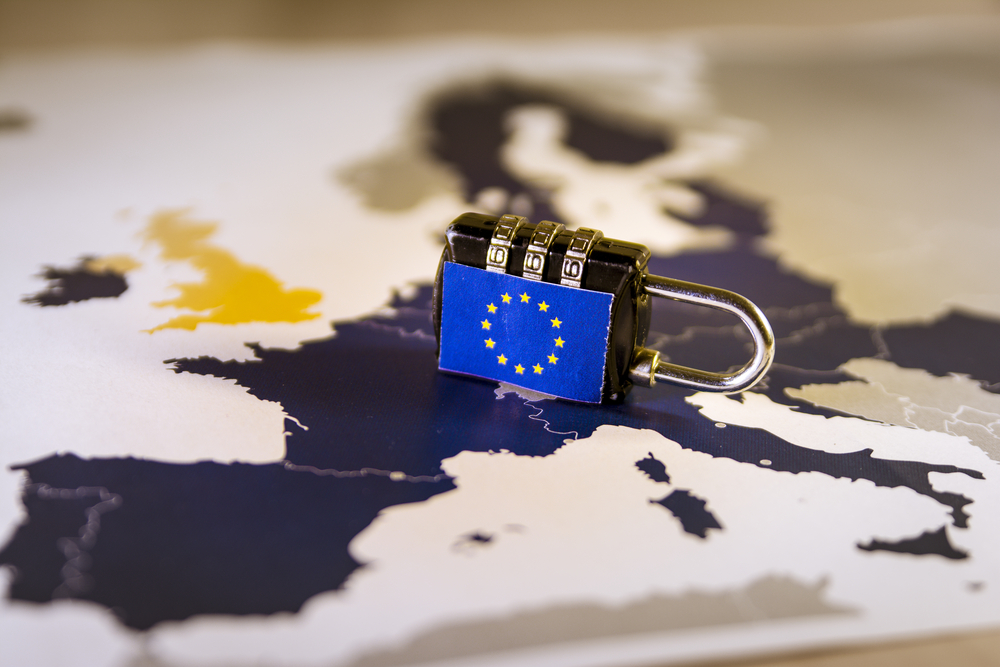 It’s going to be one of those things marketers and their agencies will be thinking about it over the Christmas holidays but there is no getting away from it: May 25th 2018 will see the introduction of GDPR and the marketing world may never be the same. But that might not be a bad thing, writes Gareth Fitzpatrick.
It’s going to be one of those things marketers and their agencies will be thinking about it over the Christmas holidays but there is no getting away from it: May 25th 2018 will see the introduction of GDPR and the marketing world may never be the same. But that might not be a bad thing, writes Gareth Fitzpatrick.
With the looming deadline of 25th May only 6 months away, media vendors, agencies and their respective clients are all scrambling to understand what impact GDPR may have on their business. Does it impede the ability to target potential customers effectively? What investment is needed to ensure the digital infrastructure is in place to both collect and store customer data? What are the potential fines for non – compliance?
Data analytics is now an important factor in how agencies and our clients operate. This is the next evolutionary step in behavioural targeting and has been backed by strong investment among a number of agencies in the Irish market. The insights garnered from consumer’s personal data collected from digital sources is not only applied to digital campaigns but is supplementing the gap that exists when planning offline activity. With GDPR the fear is that the volume of data will decrease and it will not be sufficient enough to target the required audience effectively. The former is true, the latter not so much. This should really be viewed as an opportunity.
First off, the advertising world existed and contributed to our clients’ business objectives well before 1st, 2nd or 3rd party data became so uniquely important to successful media plans. Secondly, I believe this should be viewed as a positive by our industry. What GDPR effectively does is determine who is already an engaged consumer and tell us who is not. The opt-in data that brands receive post May will be the clearest view of who already has a strong affinity for their brand. The content and frequency of message can be tailored for this segment to ensure that delivery is optimised.
What to do with the remaining elusive segment of the population who refuse to bend to the will of the Terms and Conditions box and hand over the ambrosia of media planning – their individual personal data? This is where good old fashioned research, insight, planning, execution and optimisation come into play. Yes, everything we do anyway without a DMP telling us where to place our ad. For some it will feel like going back to driving without Sat Navs.
What agencies should look to do in a bid to capture the data of this rogue audience is to harmonize the media and creative to develop more meaningful content that cultivates the relationship with this audience. The message should be engaging and the incentive should be clear but needs to be different to any communication with their existing database of consumers who have opted in. This will be a challenge as naturally few people will give consent and it will disrupt their user experience but will force brands to deliver more creative approaches to capture the data.
The aim of GDPR is to unify data protection for all individuals within the EU but it also covers all data used by companies who are not in the EU but do business within the Union.
The aim of GDPR is to unify data protection for all individuals within the EU but it also covers all data used by companies who are not in the EU but do business within the Union. And it will cover the UK post Brexit. Personal data has to be collected and stored safely, it needs to be available to the data subject when asked and it needs to be deleted when requested. The T&C’s need to be concise and clear so the consumer understands what their data is being used for and consent must be tracked. What’s also critical is that any consumer that has opted in pre May 25th has to do so again. The penalties for non-compliance are considerable, up to €20 million or 4% of annual global turnover. The best course of action, as Havas have done, is to employ a Data Protection Officer to safeguard our data collection and storage processes.
Agencies should already be ensuring that any data they are working with is hashed or anonymised however we may still be liable as this is termed under GDPR as Pseudo Anonymity. Under GDPR all data users fall under the category of data processors so agencies are not protected from a possible fine. To further enhance this risk, the natural progression as we continuously develop our data capabilities is to take and use our clients 1st party data to enhance the media planning and implementation. This should not temper our desire to further progress our capabilities. As an industry we should always be looking to heighten our skillsets and to work even closer with our clients so we should be pushing for access to more detailed info that will help improve their conversation with their consumers.
We should embrace GDRP. Similar to the Ad-Blocking challenge, this puts the consumer first. It is attempting to improve their relationship with brands and further improve the transparency of the brand consumer dynamic. And this is ultimately what is at the heart of our industry, improving the experience consumers have with our clients’ brand.
Gareth Fitzpatrick is Trading Director with Havas Media
First published in Irish Marketing Journal (IMJ November 2017)© to order back issues please call 016611660






















